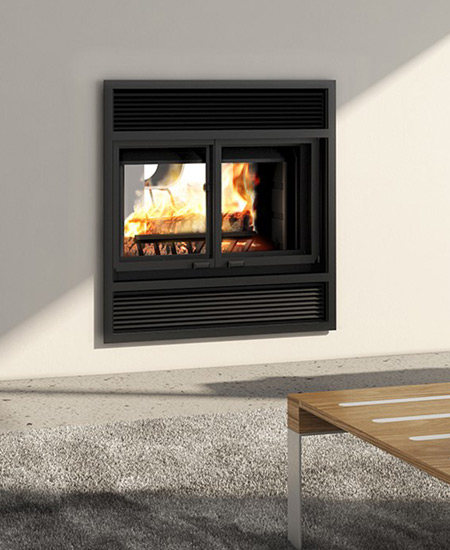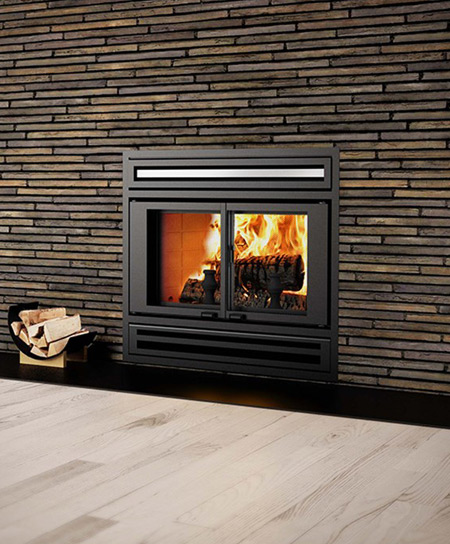Health Hazards Caused by Chimneys and Wood Fireplaces
 For all the enjoyment a wood-burning fireplace can bring to a home, it also can bring some health risks if not operated properly. Fire is beautiful to look at, but the byproducts of fire are not good for people or animals. In particular, we’re talking about smoke, creosote, chimney soot and carbon monoxide.
For all the enjoyment a wood-burning fireplace can bring to a home, it also can bring some health risks if not operated properly. Fire is beautiful to look at, but the byproducts of fire are not good for people or animals. In particular, we’re talking about smoke, creosote, chimney soot and carbon monoxide.
Let’s look at some of the known health hazards associated with wood-burning fireplaces and then talk about how to prevent them.
Smoke
Smoke from a fireplace contains very small particles that you can’t see but that you can inhale. These particles can cause a variety of respiratory problems when they get deep into the lungs. Additionally, smoke from burning wood might contain formaldehyde, benzene, methane and other toxic substances, none of which living beings need to bring into their bodies.
Creosote
A sticky smoke residue, creosote is not only highly flammable when built up on the inside of a chimney, but its particles also are detrimental to people’s health when they come into contact with them. Conditions known to result from limited or extreme exposure to creosote include:
· Respiratory problems
· Eye & skin irritation
· Irritation of kidneys and liver
· Mental confusion
· Cancer
Chimney soot
This black or brown dust is created by smoke in a chimney and can escape into the air within a home. If inhaled in sufficient amounts, soot can lead to many lung irritations, lung diseases and respiratory infections.
Carbon monoxide
This gas can’t be seen or smelled, but it can cause serious health problems such as flu-like symptoms (headache, confusion, lethargy, nausea) and when large amounts are inhaled, brain damage, heart problems and death can occur.
Prevention of chimney health hazards
This all may sound very dire, but there’s good news: operating a fireplace properly will eliminate or significantly reduce these health hazards. What does “proper fireplace operation” mean? It starts with burning wood correctly.
Incomplete burning of wood creates excess smoke, creosote, soot and carbon monoxide. So follow these guidelines to ensure proper burns:
· Only dry (seasoned) wood should be burned in a fireplace. If you buy pre-cut wood, make sure it’s dry at the time of purchase. If you buy “fresh” wood or cut the logs yourself, store the wood covered for a minimum of six months.
· Prevent smoke and particles from entering your room by replacing your fireplace screen with properly fitted glass doors.
· Keep the room where the fireplace is operating well-vented.
· Have your chimney cleaned and inspected yearly to prevent large buildups of creosote, soot and various debris blockages that can enter a chimney over time.
 By making sure to burn your wood properly, you’ll be taking a huge step toward preventing unwanted health effects that can be caused by a fireplace. By arranging for professional cleanings and inspections each year, you’ll be going even further toward a better life.
By making sure to burn your wood properly, you’ll be taking a huge step toward preventing unwanted health effects that can be caused by a fireplace. By arranging for professional cleanings and inspections each year, you’ll be going even further toward a better life.
Chimney Specialists of Highland, Wis., is ready to help get your fireplace running at its peak. We provide certified inspection, cleaning, maintenance and repair for all types of wood-burning appliances. Give us a call at (608) 929-4887 and let us get to work.







